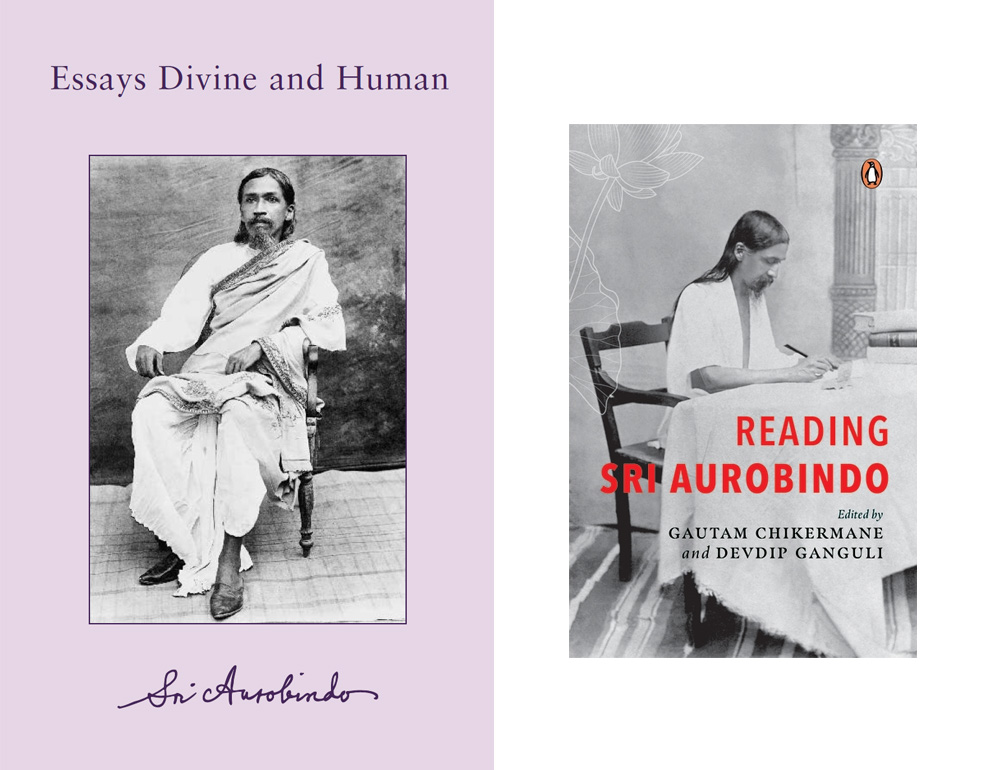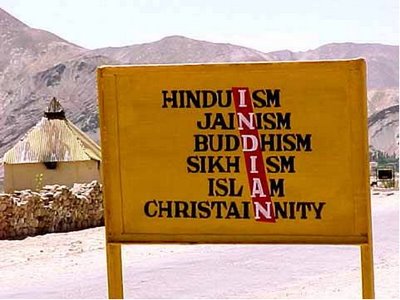This is Part 5 of the Buddha and Shankara series. Links to 1 | 2 | 3 | 4 | 5.
It is a an excerpt of a article written by Nolini Kanta Gupta on The Mission of Buddhism.

Excerpted from the Collected Works of Nolini Kanta Gupta – a revolutionary, linguist, scholar, critic, poet, philosopher and a man of deep spiritual realisation. He authored nearly 60 books in both English and Bengali
Links | Full Collected Works | This piece (full) | Who was Nolini Gupta?
Buddhism came as a blaze of lightning across the sky of India’s tradition; it was almost a fiery writing on the wall, bearing the doom of a world. Buddhism opposed and denied some of the very fundamental principles upon which the old world rested. It was perhaps the greatest iconoclastic movement ever thrown up by the human consciousness. First of all, it denied the tradition itself; it did not recognise the authority and sanctity of the purve pitarah, the ancient fathers, nor their revealed knowledge, the Veda. Buddhism enjoined the priority and supremacy of the individual’s own consciousness, own effort and own realisation. Be thou thy own light. Work out thy own salvation. That was the injunction given. Not to take anything for granted – not even God or Brahman – but to judge and see for yourself where and what is the truth. It was the first protestant reaction recorded in human history.
Buddhism has sometimes been called the rebel child of Hinduism. The word need not be a term of abuse. A rebel is not always a mere destroyer, a pure negator. A negation can be only a form of stating something positive, an affirmation of a truth and reality. Not unoften a rebel means a call back to a truth that has been neglected, inadequately treated or completely omitted and by-passed; it is an urgent demand that that which has been forgotten and left behind, uncared for and undeveloped, must now be taken up again and brought forward, made a full-grown and mature element in a greater and more perfect organisation of human consciousness.
Buddhism cried halt because of two omissions: it turned man’s mind to two new directions. In our eagerness to reach the spiritual and the supra-sensual, we gave scant recognition to the mental and the rational; and yet mind and reason should be the very basis of the life spiritual. And in the pursuit of God and the gods and the things divine, we became blind to human problems, things concerning man in the human way. The earlier vision gives us a happy picture of humanity. The world moves, it was said, from delight to delight, it was born in delight and it consummates in delight. One sang of immortality, of the solar light, of men being children of Heaven and Beatitude. That this material structure on which man leads his precarious existence is a texture of age and disease and death, that misery and undelight is of the very substance of human life was a hard fact that did not get due recognition. Perhaps it was an earlier, that is to say, a younger humanity
A simple Child,
That lightly draws its breath,
And feels its life in every limb,
What should it know of death ?¹
Yes, it was the age, almost a golden age, when man lived with his sense married to the Dawn, spontaneous in his reflexes, prime-sautier, intuitive and imaginative, full of a natural, unspoilt, unsophisticated happiness and hopefulness. But the Age of Reason had to come, and man’s maturer nature, perhaps some “sicklied o’er with the pale cast of thought”. Such an age of Reason and Ratiocination and pure brain power was ushered in by Buddha in India, and almost contemporaneously by Socrates in Greece and Confucius in China. The rational, that is to say, the scientific or analytical attitude to things appeared in the human consciousness for the first time in its fullness and almost exclusive sway. Neither the Vedas nor the Upanishads knew of logic as an instrument – a necessary instrument – for knowledge and expression. The old-world method was, as I said, intuitive, experiential, empirical, dogmatic. Also the atmosphere of that world, the stress of the consciousness was theocratic; what the new world brought in was what is called humanistic.
We say then that it was a necessity: it was a necessity that the rational, logical, ratiocinative, analytic mentality should be brought out and given its play and place. It is perhaps an inferior power of the mind or consciousness, but it is a strong power and has its use and utility. It is the power that gives the form and pattern for the display of consciousness and intelligence in outward expression and external living; it is a firm weapon that gives control over these inferior ranges of consciousness. The leap from the sense-consciousness or the elements of consciousness, from a mental growth just adequate and not too specialised, straight into the supra-sensuous and the transcendent had been an inevitable necessity, so that the human consciousness might get the first taste of its supreme status and value: a similar necessity brought to the fore this element of the mind, the mind’s own power – of judgement and will-so that there might be a greater and wider integration of human nature and also that the higher realities may be captured in our normal consciousness. Even for the withdrawal of the mind from the outer objects to the inner sources, the mind itself can be used with much effect. And Buddha showed it magnificently. And of course, Shankara too who followed in his footsteps.
Related links
1 – When the heresy of Buddhism seized hold of India
2 – How Hinduism was influenced by Buddhism
3 – Buddhism and Hinduism – a contrast
4 – The effect of Shankara’s Illusionism on the life of India



